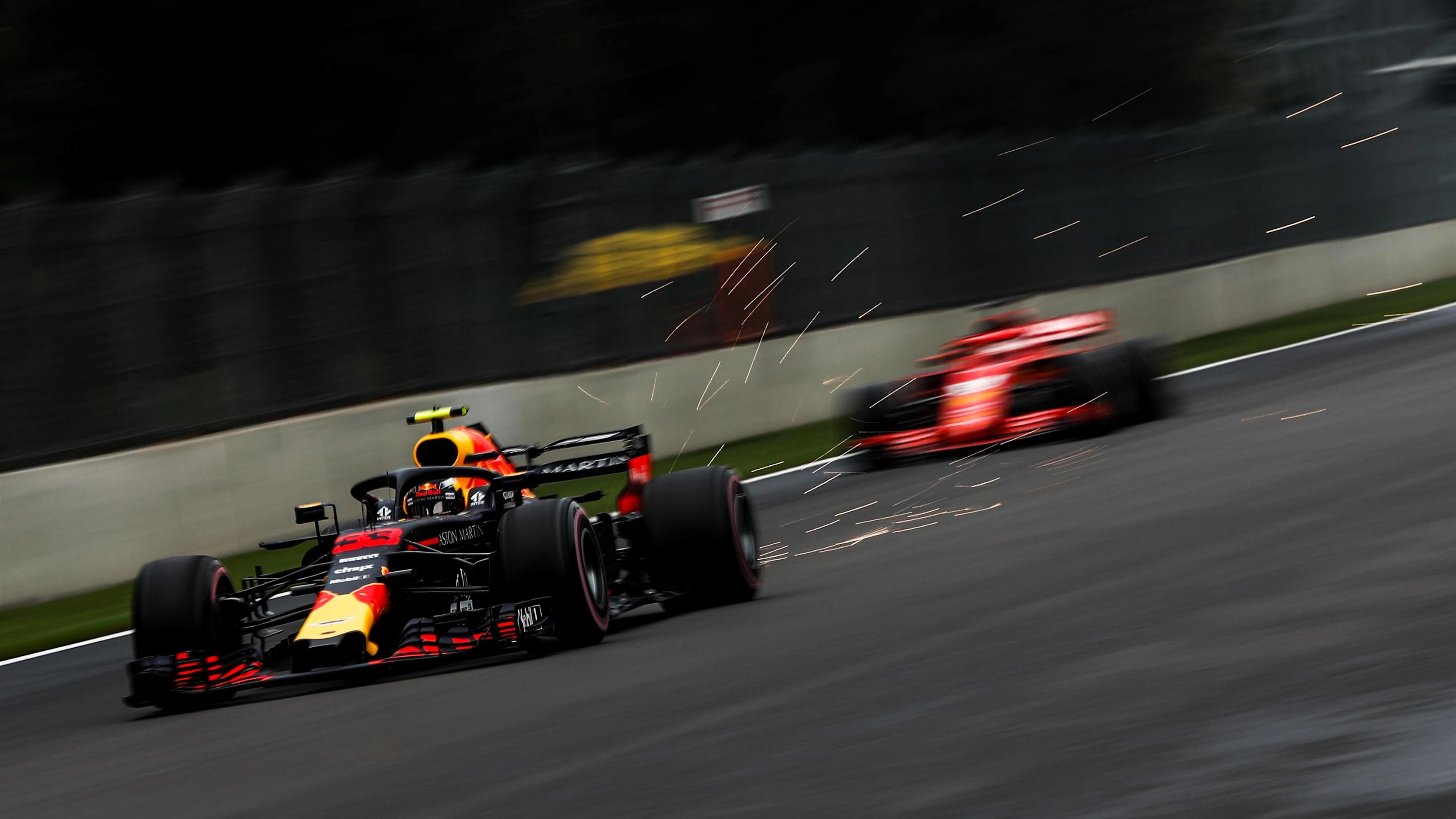Mexico City’s heady altitude always has a profound effect on the competitive order – and presents many extra challenges for the teams. Oxygen levels around 25 percent less than at sea level mean the air does the same things as usual with a car, but less. For example, the pressure difference between a wing’s upper surface and underside that creates downforce still does so – but with 25 percent less power.
The teams will run Monaco levels of wing here, but in reward get only Monza levels of downforce. The car’s movement through the air still causes drag, but 25 percent less of it. The air still cools the brakes, as well as the oil and water flowing through the radiators, but 25 percent less effectively.
It is not a coincidence that Red Bull have won from the front here for the last two years, as the thin air rewards their car’s greatest strength and alleviates its usual weakness. As the car with probably the greatest downforce but a relatively high drag, thin air is great news for Red Bull – in that every extra scrap of downforce over the opposition is even more valuable than usual, but the drag penalty for that is less than usual, giving Red Bull a double hit.
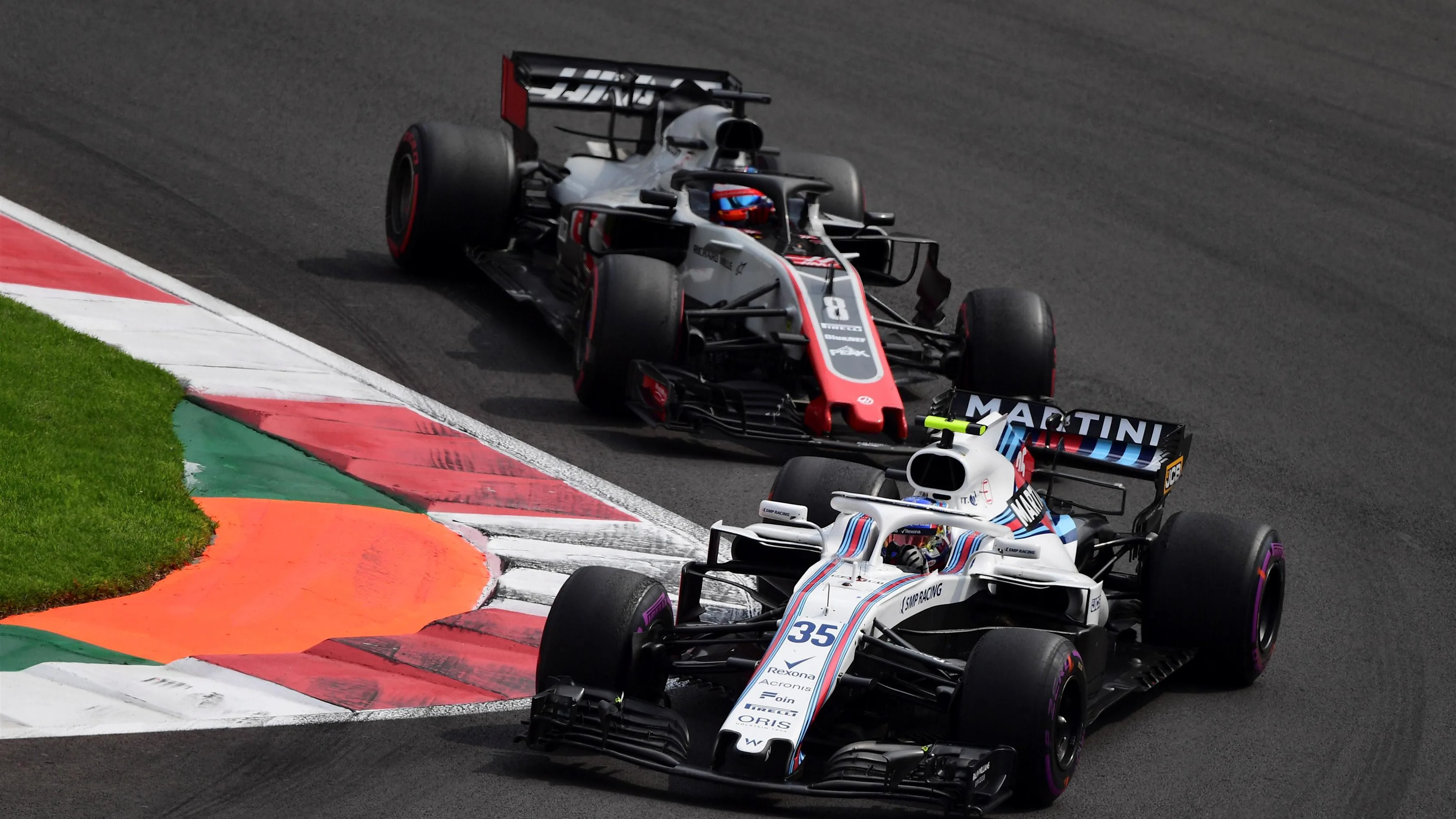
But that’s not all. In terms of engine behaviour, the Renault power unit seems to come into its own at this altitude and converges with Mercedes and Ferrari in performance. Why might this be? Some of this is shrouded within the technical secrecy of each of the engine manufacturers, but there are several possible explanations. A turbocharged engine is relatively immune to the altitude power reductions of a normally-aspirated engine. Although the air going into the inlets has 25 percent less oxygen content to burn, the turbocharger simply spins faster and compresses the air more, thereby compensating.
Although the technical regulations allow a maximum compressor speed of 125,000rpm, it is not believed any of the four engine manufacturers are approaching that, though in normal operation all are exceeding 100,000rpm. But there is another factor limiting the speed the turbos can run – and that is the burst point of the turbine. This is the speed at which the turbo will safely run without bursting its casing in the event of failure – which would potentially scatter hot debris at super-high speed in its wake. The engine manufacturers have to define this burst point and declare it to the FIA when the engine is homologated.
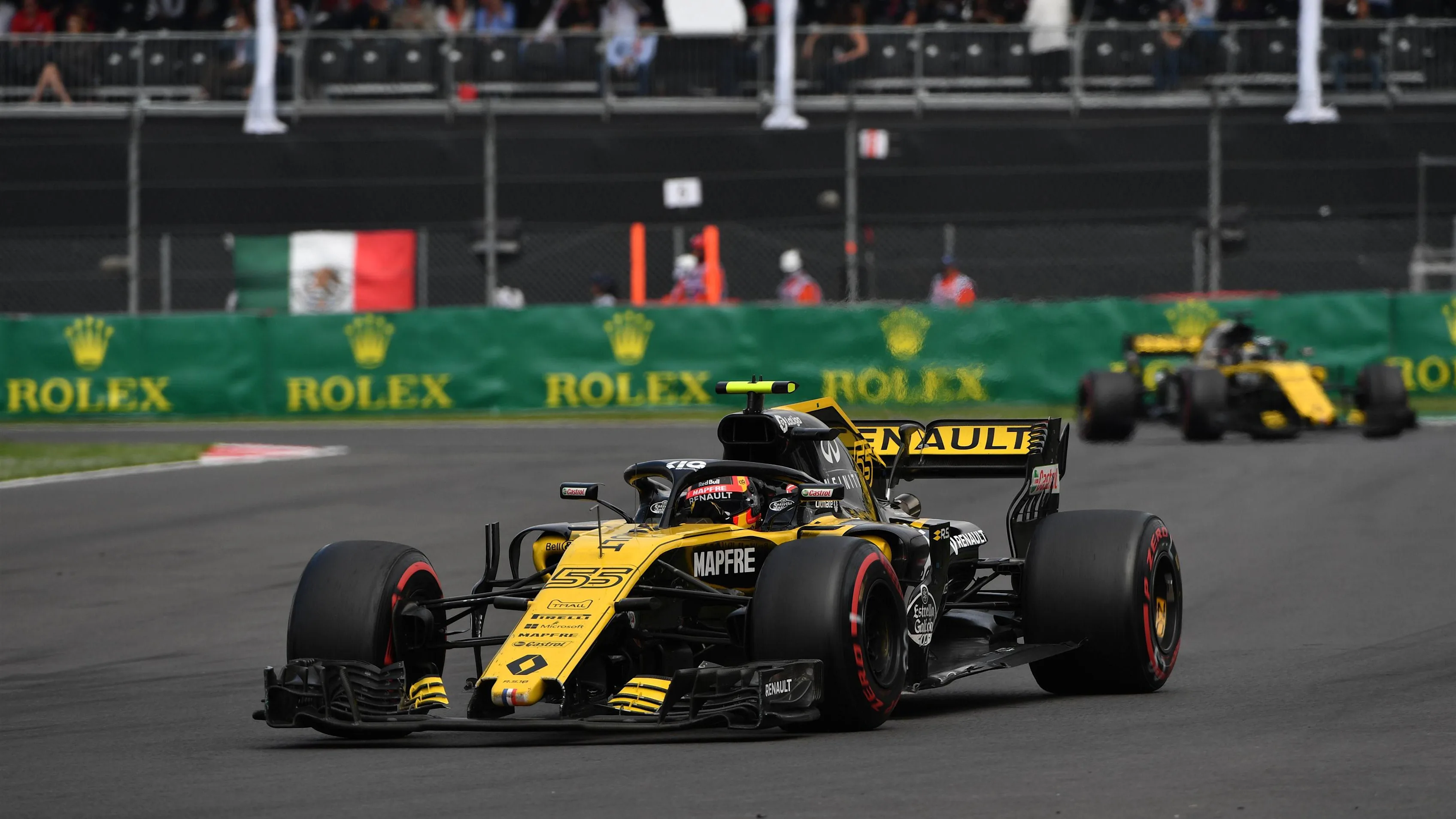
Renault’s turbochargers remain smaller than those used by Mercedes and Ferrari and it’s quite feasible that their burst point is correspondingly higher. If their smaller turbos are capable of running faster before their burst point, it would allow the turbo to compensate more for the lower oxygen content, thereby overcoming its power shortfall at lower altitudes.
It may also be – as some have conjectured – that the Renault power unit generates electrical energy more efficiently than the others and that this is revealed more as the internal combustion engine’s contribution is reduced by the thinner air.
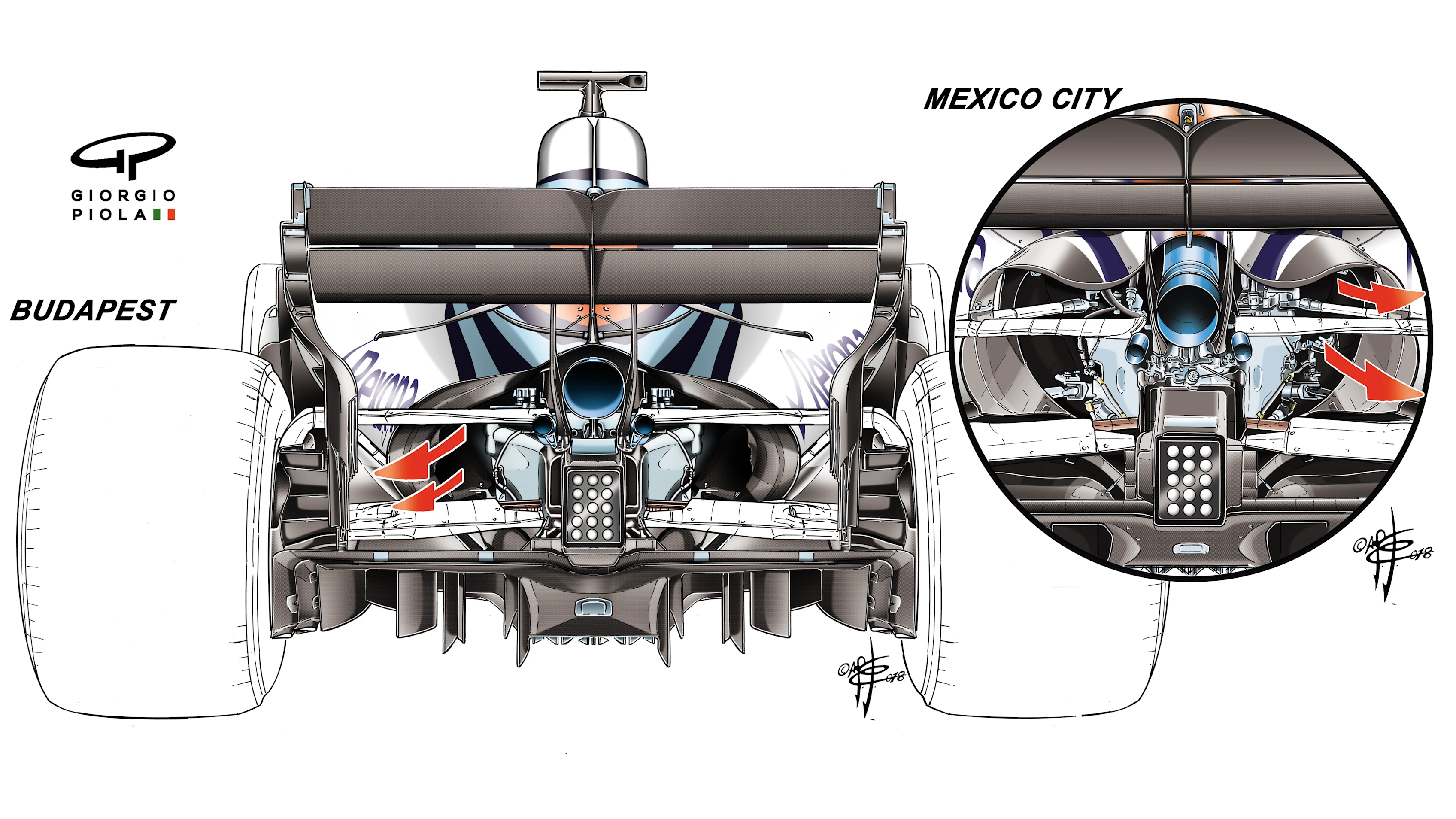
Aside from Red Bull’s form, other manifestations of the high altitude could be seen in the cooling levels being carried by the cars – which are extreme. Even though the ambient temperature was not as high as at Budapest in the summer, the cooling demand is even greater because of the thin air. Comparison of the size of the Williams cooling outlets from Hungary to Mexico reflects this.
At Mercedes, meanwhile, they ran their double outlet layout seen at other hot tracks this year, but even this was not enough on Friday when the temperatures were at their highest. Mercedes had to run their engine in a reduced power mode during FP1 and FP2 in order to control the temperatures.
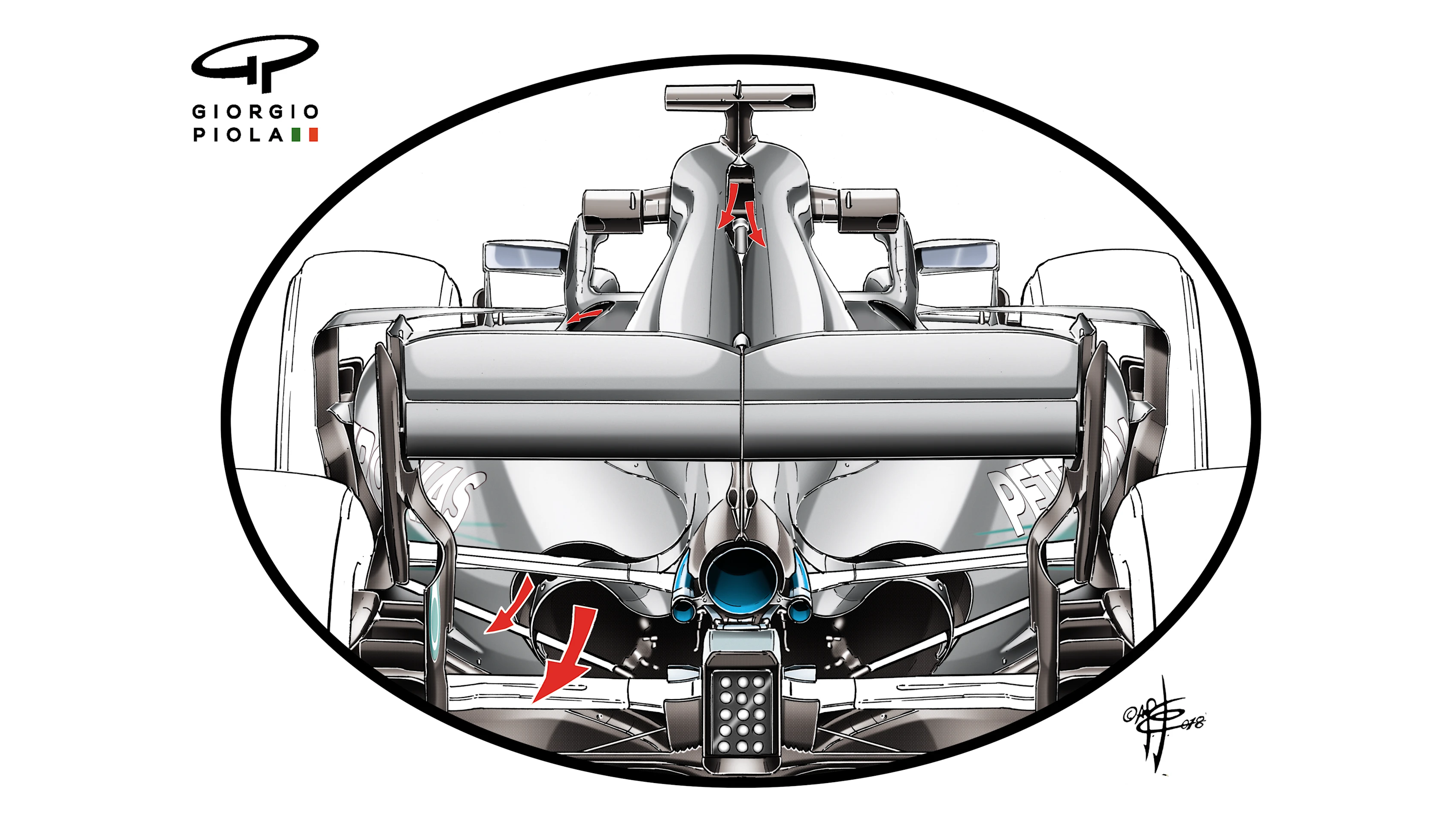
Ferrari, meanwhile, introduced a new Brembo brake disc with 1,400 diagonally-arranged cooling holes across its width rather than the usual 1,200. Without this, they would have been forced to run even bigger brake ducts, which cost aerodynamic performance.
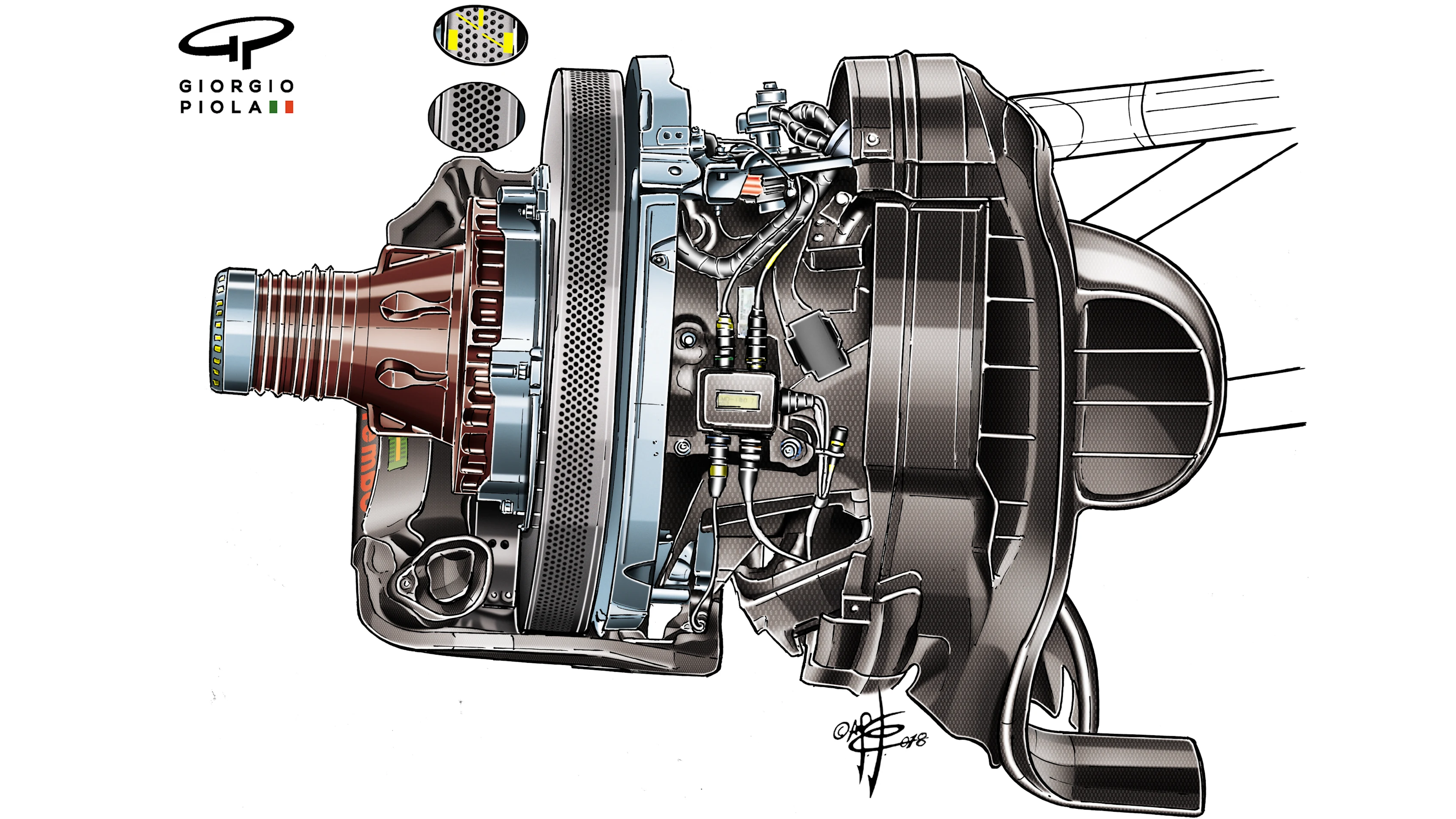
Other effects of Mexico City’s 2,250 metre altitude (Everest is 8,800 metres) include the reduced effectiveness of DRS, because there is 25 percent less drag than usual for the wing to dump with DRS activated. Taking the slipstream from the car in front brings its own cooling-associated hazards too. At a normal track, sitting tight behind another car for a lap will typically increase the engine’s water temperature by between 2-3 degrees Celsius. Around the Mexican track, it is more like 7-8 degrees, which is verging into mechanically dangerous territory.
And while the engineers will doubtless be breathing a sigh of relief that the Mexican challenge has been met, they still have to face a similar – though not quite so severe – test at Brazil in two weeks’ time, Interlagos being the second-highest altitude circuit on the calendar at around 800 metres above sea level.
Next Up
Related Articles
 PalmerJolyon Palmer picks his top performers in 2025
PalmerJolyon Palmer picks his top performers in 2025 ExclusiveThe top 10 drivers of 2025 – as chosen by the drivers
ExclusiveThe top 10 drivers of 2025 – as chosen by the drivers.webp) Unlocked‘We have a lot of hopes’ – Vasseur on Ferrari's 2026
Unlocked‘We have a lot of hopes’ – Vasseur on Ferrari's 2026 Sauber’s best moments and most memorable liveries in F1
Sauber’s best moments and most memorable liveries in F1.webp) 7 things to be excited for in the 2026 F1 season
7 things to be excited for in the 2026 F1 season End Of Year Reports 2025Williams’ best and worst moments from 2025
End Of Year Reports 2025Williams’ best and worst moments from 2025

